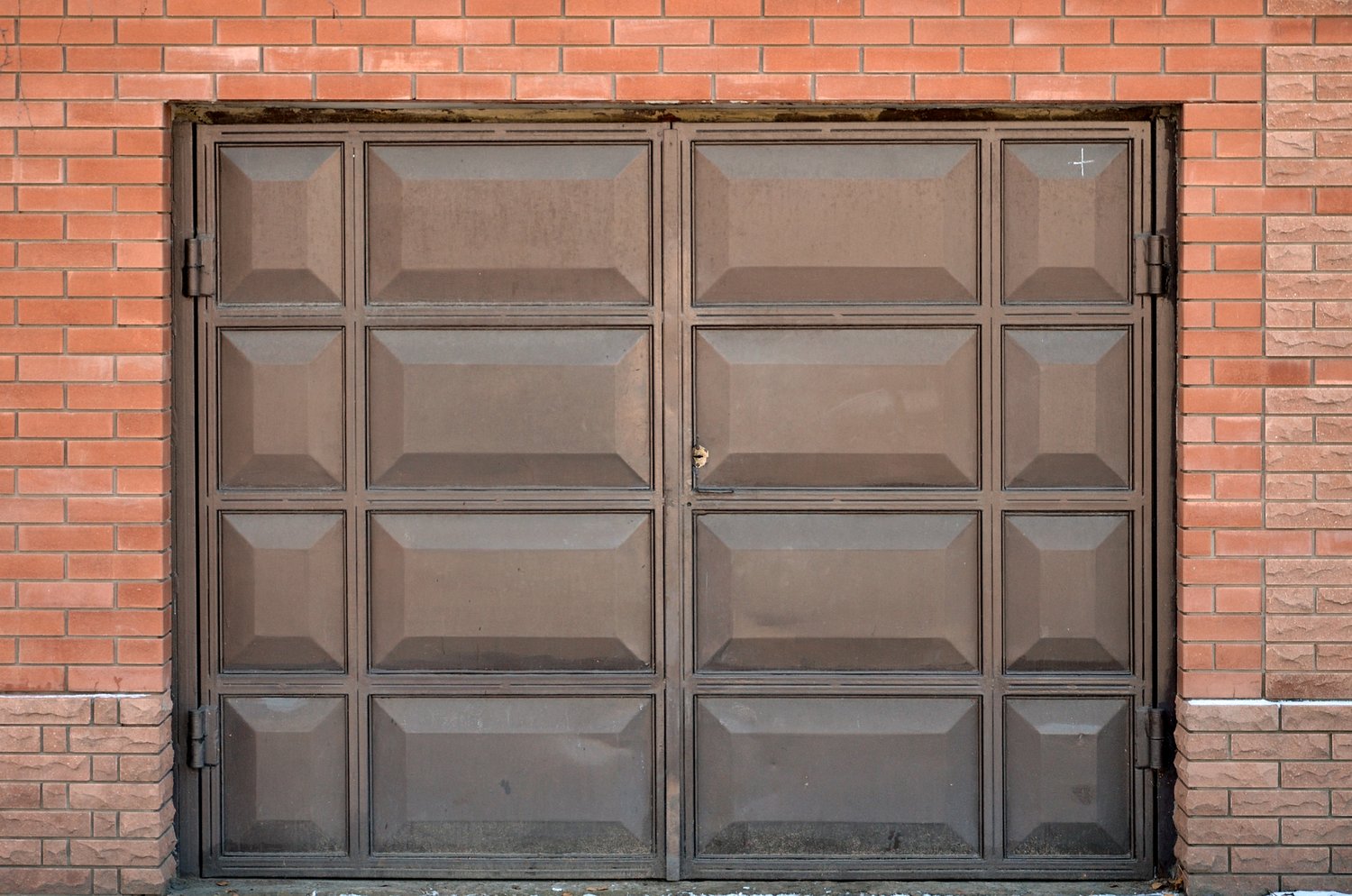Selecting the right garage door opener for your home involves considering various factors beyond simply getting your door to open and close. Today’s market offers several types of garage door openers, each with distinct advantages and potential drawbacks. From the traditional chain drive to the quieter belt drive, powerful screw drive, and innovative direct drive systems, homeowners have multiple options to evaluate. This article examines the different types of garage door openers, compares their performance characteristics, and explores modern features like smart connectivity, battery backup systems, and noise considerations to help you make an informed decision.
Understanding Different Types of Garage Door Openers
When shopping for a garage door opener, the drive mechanism is perhaps the most fundamental choice you’ll need to make. Chain drive openers represent the most traditional and commonly installed type. These systems use a metal chain (similar to a bicycle chain) to move the garage door along the track. Chain drive openers tend to be the most affordable option, making them popular for budget-conscious homeowners. However, they’re also typically the noisiest option, which might be a concern if you have living spaces near or above your garage.
Belt drive openers function similarly to chain drives but replace the metal chain with a reinforced rubber, fiberglass, or polyurethane belt. The best garage door opener type comparison often highlights belt drives as the premium choice for noise reduction. The belt drive vs chain drive opener noise cost consideration is significant – belt drives operate much more quietly but generally cost $30-$60 more than comparable chain models. For homes with bedrooms adjacent to or above the garage, this additional investment often proves worthwhile for the peaceful operation.
Screw drive openers utilize a threaded steel rod that rotates to move the lifting mechanism. These openers have fewer moving parts than chain or belt systems, potentially reducing maintenance needs over time. They operate at a middle ground in terms of noise – louder than belt drives but typically quieter than chain drives. Screw drives are particularly effective in larger, heavier doors where their substantial lifting power becomes advantageous.
Direct drive openers represent an innovative alternative where the motor itself moves along the track, pulling or pushing the door while the chain or belt remains stationary. This design, often from European manufacturers, offers extremely quiet operation comparable to belt drives. Since the system has only one moving part (the motor unit), manufacturers typically offer longer warranties, though the initial cost may be higher than other types.
Modern Features Worth Considering
Today’s garage door openers have evolved far beyond basic opening and closing functionality. Smart garage door opener wifi capabilities have transformed these devices into integral parts of connected home systems. WiFi-enabled openers allow you to monitor and control your garage door remotely through smartphone apps. You can check if your door was left open, receive alerts when the door is activated, or grant temporary access to visitors or delivery personnel – all from wherever you happen to be.
Many smart models integrate with popular voice assistants like Amazon Alexa, Google Assistant, or Apple HomeKit, allowing for convenient hands-free operation. Some systems from brands like Chamberlain, LiftMaster, and genie even incorporate camera features to provide visual verification of garage activity. When researching options, experts at AskHomey recommend considering which smart home ecosystem you currently use to ensure compatibility with your new garage door opener.
Battery backup capability has become increasingly important, especially in areas prone to power outages. This feature ensures you can still operate your garage door during electrical failures – potentially preventing you from being locked out of your home or unable to access your vehicle. Most major manufacturers now offer models with this feature, though it typically adds $50-$100 to the purchase price.
Installation and Maintenance Considerations
Professional installation typically costs between $200-$500 depending on your location and any additional work required. While DIY installation is possible for those with intermediate handyman skills, professionals bring expertise in proper adjustment, safety sensor alignment, and electrical connections that ensure optimal performance and safety.
Regardless of which type you choose, regular maintenance extends the lifespan of your opener. This includes lubricating moving parts (chains, screws, or tracks) annually, checking and tightening hardware, and testing safety features like auto-reverse sensors every month. Most openers have a lifespan of 10-15 years with proper maintenance, though belt and direct drive systems often last longer due to reduced mechanical wear.
Making Your Final Decision
When conducting your belt drive vs chain drive opener noise cost analysis, consider your specific requirements. If your garage is detached or noise isn’t a concern, the economical chain drive might suffice. For attached garages, especially with living spaces nearby, the quieter belt or direct drive options justify their higher price points. Screw drives offer a compelling middle ground with good lifting power.
Beyond the drive mechanism, evaluate which smart features would genuinely enhance your daily routine. While WiFi connectivity and smartphone control offer convenience, they may not be essential for everyone. Similarly, battery backup might be crucial in some regions but less important in areas with stable power.
For more tips and to connect with reliable home service professionals, follow AskHomey on Facebook and Instagram.



